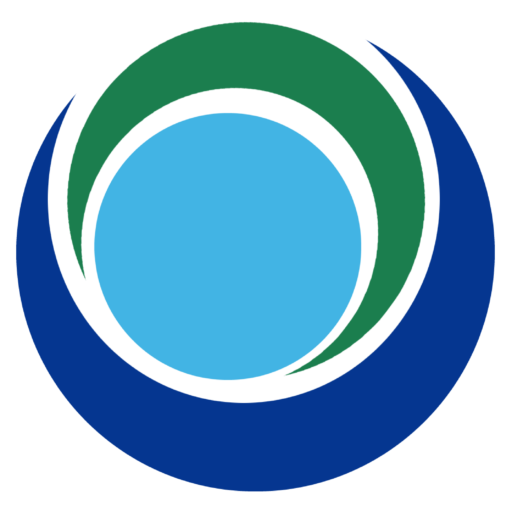Aquaponics and achieving environmental sustainability – Aquaponics is one of the sustainable farming systems. It is a system that mimics nature, as the basic principle of aquaponics is very simple and perfectly reflects everything that happens in nature. In a normal aquaculture system , an increase in excretions of aquatic organisms can cause them to accumulate in the water, increasing the toxicity of these organisms, while in an aquaponic system, the aquaculture system is fed with water from the aquaculture system that contains metabolic waste products produced from the marine organism reared in the system, mostly fish, in addition to the organic residues resulting from the remains of food that has not been digested or consumed, as the by- products are decomposed by nitrifying bacteria into nitrates and nitrites , which are used by plants as nutrients, and this reduces the availability of compounds that are toxic to fish include ammonia and nitrates.
So that the water returns again to the aquaculture system with less toxic concentrations, and this achieves the principle of food symbiosis between the two main components of the aquaponics system, which are aquaculture and plant cultivation in water . Aquaponic farms can be set up on rooftops or any limited area, where plants are placed in tubes and exposed to the sun and are supplied with the required water and naturally dissolved fertilizers in the water resulting from fish farming, which helps plants grow faster and more naturally compared to growing them in the soil.

How does the aquaponic work?
Aquaponic systems have three main components – Fish, Plants and Microbes. The microbes are a commonly overlooked part of an aquaponic system, but it is these that do the most important work in the nutrient cycle. Aquaponics uses no soil at all – but it can use either an alternative growing media such as clay pebbles, pumice stone, lava rock or gravel, or the plants can simply be grown in the nutrient rich waters coming from the fish tanks.
The idea is to feed the fish on a daily basis and introduce oxygen to it well so that it multiplies in the fish farming unit. At the same time, the fish have waste, which contains nitrogen and some other elements, and these elements we need in the cultivation process, so the water in which there is waste is pumped The fish go to the plant to absorb the materials and elements they need, clean the water, and then return again to the fish
Benefit from aquaponics
There are many points that can be benefited from Aquaponics , but the most important point is safe food.
- Now there are many crops that are sprayed with carcinogenic pesticides, as well as types of fish that are not fit for human consumption. When this project is done, it will not have any environmental pollution. It is considered an environmentally friendly system based mainly on the continuous purification of water from fish waste and considering it as fertilizer for plants.
- The uptake of these nutrients greatly reduces the discharge of fish farming waters into natural water bodies, and protects lakes, rivers and the wider aquatic environment from nutrient fertilization and excessive algal growth.
- Fish secrete ammonia, which is toxic at high levels, so a biological filter must be available to remove ammonia. In an aquaponic system, the plants and hydroponics become a natural biological filter, so there is no need for a separate biological filter that is very expensive.
- The significant reduction in the amount of water, as soilless cultivation meets the water requirements of plants without losing a large part of it.
- A two-production system, and therefore a two-profit system.
- Get the most efficient, highest quality productions ever.
- The possibility of exploiting the smallest spaces, wherever they are, in order to obtain dual production, of healthy and nutritional value, (vegetables and organic plants) completely free of chemicals, and necessarily a viable return.
- It does not require high expenditures, and a large number of workers; Because it is easy to follow, with little effort.
- Equal system, saving water and food consumption.

Disadvantage of aquaponics system
One of the most important defects of this system is that in the event that the electric current is not permanently available, the fish become vulnerable to death, but it is an economic project that requires only a little effort and some basic materials and supplies necessary for its establishment, as anyone can produce his own food and thus achieve self-sufficiency.
Fish used in aquaponics
The best fish for aquaponic systems depends on the size of the system, the location and temperature of the system, and what type of crops the system will produce. Tilapia, catfish , goldfish, tetras, bass, cod, salmon, perch, trout, and sunfish are among the top choices. There are also many alternative species that can used in aquaponics besides fish. Crayfish, ducks, turtles, shrimp and many more provide the nutrients for plants to grow in.
Aquaponics and achieving environmental sustainability








